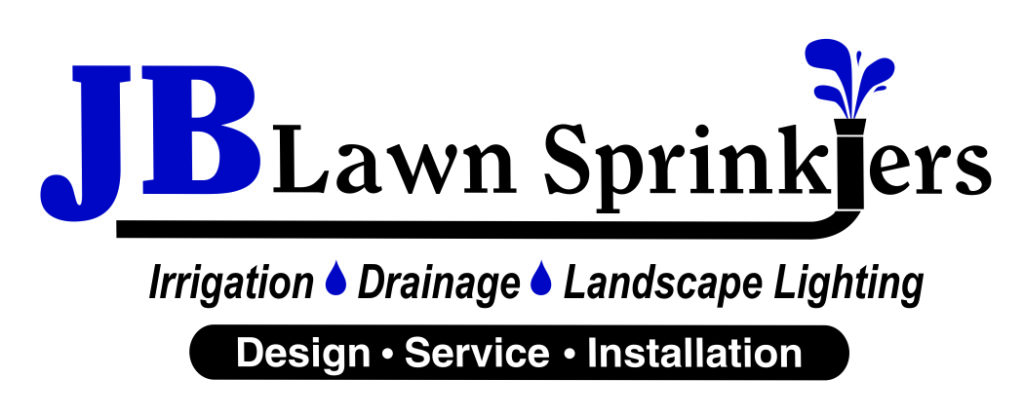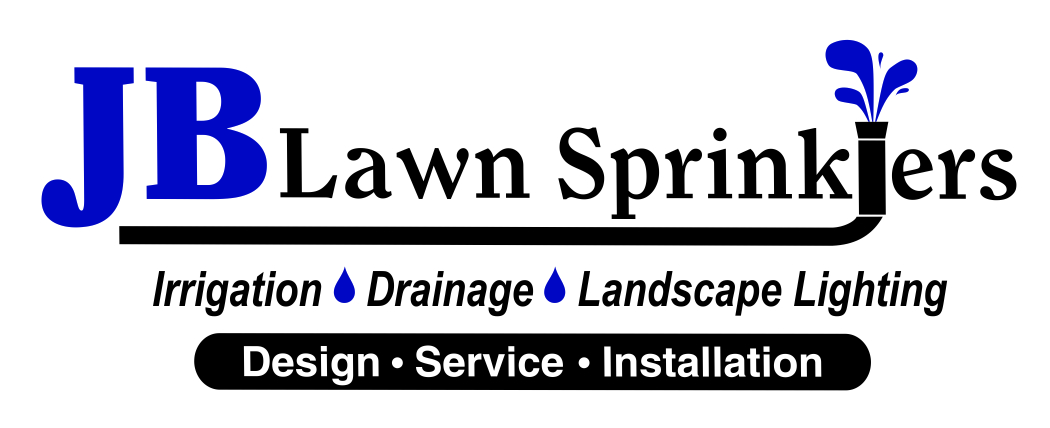DIY Irrigation System Installation Guide

As a residential and commercial sprinkler installation company, we want to be a resource to our customers who want to understand and improve their knowledge of irrigation installation and maintenance.
We all agree that a well-maintained lawn adds beauty and value to any home!
One key factor for achieving a healthy, vibrant lawn is an efficient irrigation system. Well-designed sprinkler systems can help achieve equal water distribution and save time and effort compared to manual watering.
While hiring a professional irrigation company or irrigation contractor (like JB Lawn Sprinklers) is an option, so is the DIY approach which can save money.
In this comprehensive guide, we give a sneak peek at the step-by-step process of installing a sprinkler system yourself.
DIY Irrigation: Pre-Installation Checklist
Before you begin digging and installing your irrigation system, the most important aspect is a proper irrigation system design. Although you can install the system yourself, we highly recommend having your system designed by a Certified Irrigation Designer.
This guide covers a variety of factors, which includes your materials, tools, and the blueprint of your plan. Here are some high notes to think about before you even put a shovel into the dirt.
- Call 811: This free service will mark public utilities in your yard so you can dig safely and not knock out your (or your neighbor’s) internet.
- Marking Flags: Plant marking flags on your lawn so that you know exactly where you place sprinkler heads according to your irrigation plan.
- Shovels: A flat shovel for removing grass and use a trenching shovel for digging trenches.
- Pipes and Fittings: Be sure to select the appropriate type, diameter, and length of pipes and fitting for your irrigation system. PVC and Polyethylene are the most common and readily available.
- Pipe Glue and Primer: These are essential to securely connecting PVC Pipes and fittings together.
- Controller and Valve Boxes: Irrigation controllers are how you manage your irrigation system scheduling. Irrigation controllers have many different types of features that will allow your irrigation system to flourish. We suggest using a smart controller with weather-based scheduling features. Valves boxes protect the valves and provide easy access to buried irrigation control valves.
DIY Irrigation Installation Process
Now that we have laid out the importance of gathering materials and tools as well as planning, our team will outline an abbreviated step-by-step irrigation installation process.
- Marking and Excavation: Begin by using the marking flags to indicate the position of each sprinkler head. Next, use the flat shovel to remove the grass from the marked areas and trenching shovel to dig trenches for the PVC pipes.
- Laying the Pipes: Examine your irrigation design plan to and lay out the Pipes to match your plans. Make sure to connect them at the appropriate fittings. Use a saw or PVC cutter to trim the pipes to the required lengths.
- Installing Sprinkler Heads: Attach the sprinkler heads to the pipes, ensuring they are level the ground when retracted. Follow the manufacturer’s instructions for proper installation, including adjusting for the proper spray pattern and distance as needed.
- Backfilling and Compacting: Once the sprinkler heads are in place, carefully backfill the trenches with soil, ensuring the pipes are adequately covered. Use a tamper to compact the soil and prevent future sinking or shifting.
- Valve Assembly: Install the valve manifold and connect it to the main water supply line. Follow the manufacturer’s instructions to ensure the valves are assembled and connected properly. Install valve boxes to protect the valves from the elements and provide easy access to maintenance.
- Controller Installation: Mount the controller in the chosen location, ensuring it is securely attached to the wall. Complete the wiring of the controller to the valves and connect it a power source.
- System Testing: Before completing the installation, run a system test to check for leakers, proper water distribution, and accurate programming of the controller. Making adjustments at this point are far easier than after completing the installation process, so make the necessary changes to ensure optimal performance.
Irrigation System Maintenance and Upkeep
Following the installation of your irrigation system, regular maintenance is pivotal to having a long shelf life of your irrigation system. Consistent maintenance like these tasks below will help you to get more time out of your irrigation system and prevent future replacement costs.
- Seasonal Adjustments: Adjusting the watering schedule based on the seasons and weather conditions is a great way to save on water costs and give your lawn the amount of water it needs.
- Inspections: Continually monitor your irrigation system for leaks, clogs, misaligned sprinkler heads, and damaged pipes. Replace these parts and pieces as needed.
- Winterization: By winterizing your sprinkler system, you drain out all water from your irrigation to prevent damage from cracking PVC parts that in turn need to be dug up and replaced.
- Troubleshooting: If you encounter any issues that you’re unable to solve, such as making sure your irrigation system has the proper coverage, seek professional guidance from JB Lawn Sprinklers or another irrigation maintenance company with the experience to provide you with a solution.

How To Contact JB Lawn Sprinklers
There’s no doubt that installing an irrigation system is a tall task but if you feel like this is something you’re interested in completing, JB Lawn Sprinklers is happy to be a resource in your efforts.
If you feel uncomfortable attempting to install an irrigation system on your own, our team is here to provide quotes, irrigation planning, and irrigation installation. Feel free to complete our contact form online or call our office at 910-794-8042 if you would like to discuss installing a new irrigation system at your home.
